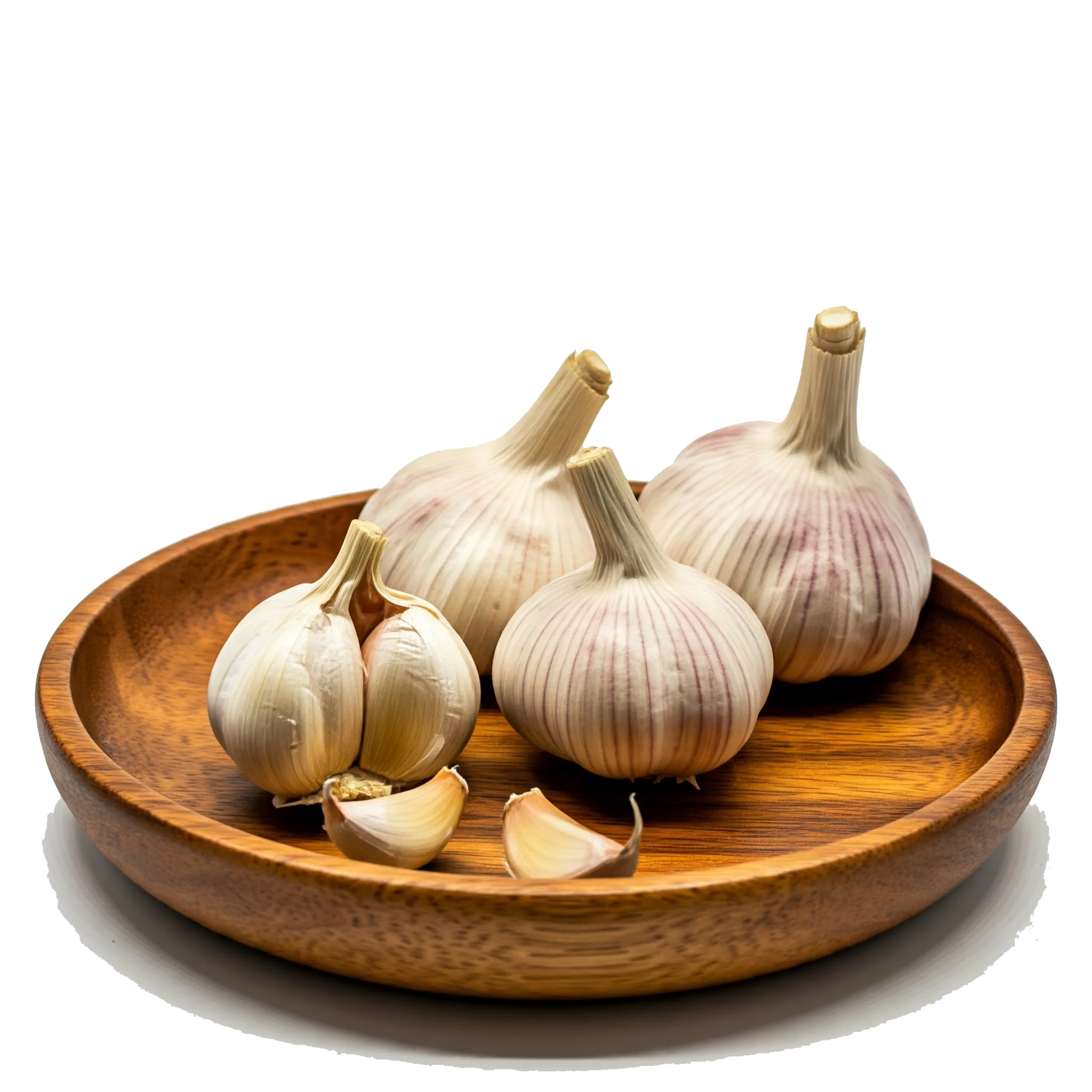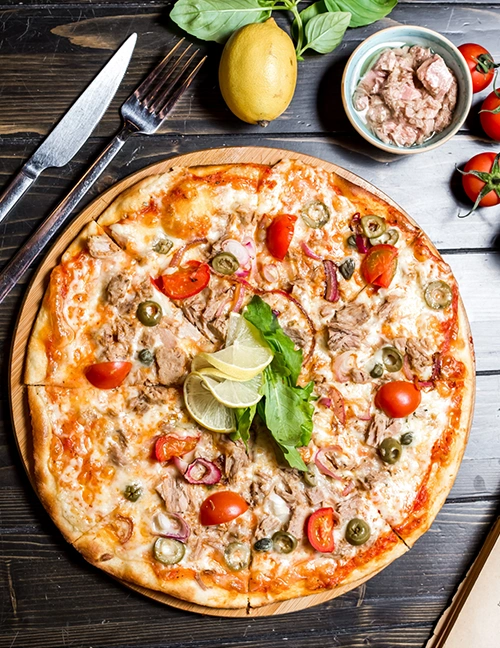

Top Health Benefits of Sardine Pizza You Need to Know
Sardine pizza is a nutrient-dense dish that combines the powerful health benefits of oily fish with fresh vegetables and wholesome ingredients. Sardines are an excellent source of high-quality protein, omega-3 fatty acids (especially EPA and DHA), calcium (due to the edible bones), vitamin D, and B vitamins such as B12 and niacin. The use of olive oil and vegetables like tomatoes, peppers, onions, and olives further boosts the antioxidant and anti-inflammatory properties of this dish. The combination of protein and healthy fats makes it a satisfying and balanced meal that supports heart health, brain function, and sustained energy. Unlike processed fast food pizzas, this homemade version aligns well with principles of clean eating and the Mediterranean diet, providing a balance of macronutrients along with a rich profile of essential micronutrients.
 Wheat Flour : 3 Cup
Wheat Flour : 3 Cup warm /
Water : 1 Cup
warm /
Water : 1 Cup Olive Oil : 2 Tablespoon
Olive Oil : 2 Tablespoon Yeast : 1 Tablespoon
Yeast : 1 Tablespoon Sugar : 1 Teaspoon
Sugar : 1 Teaspoon Salt : as needed
Salt : as needed black pepper : to taste
black pepper : to taste sardine /
Canned Fish : 250 g
sardine /
Canned Fish : 250 g Mozzarella : 250 g
Mozzarella : 250 g Bell Pepper : 1 Piece
Bell Pepper : 1 Piece Onion : 1 Piece
Onion : 1 Piece Olive : 10 Piece
Olive : 10 Piece Cherry /
Tomato : 8 Piece
Cherry /
Tomato : 8 Piece Garlic : 2 clove
Garlic : 2 clove Thyme : 1 Teaspoon
Thyme : 1 TeaspoonRecipe :
For 4 people
Enjoy your healthy and flavorful Mediterranean Sardine Pizza!
When preparing sardine pizza, using fresh and quality ingredients is key to maximizing flavor and nutritional value. Opt for sardines packed in olive oil or water rather than brine to reduce sodium levels and ensure a cleaner taste. Drain the sardines well and gently remove any large bones if desired, although they are edible and rich in calcium. The dough should be given adequate time to rise for a light, airy texture, and it’s best to pre-bake the crust slightly if you prefer a crispier base. Use fresh mozzarella for a richer melt and be careful not to overload the pizza with too many wet ingredients to avoid sogginess. Add delicate ingredients like fresh herbs or a squeeze of lemon only after baking to preserve their flavor and nutritional integrity. Always preheat the oven thoroughly—ideally to 220°C (425°F)—to ensure even cooking and a golden crust.

Sardine pizza in its classic form is best suited for individuals following a Mediterranean diet, high-protein, or DASH eating plan, thanks to its heart-healthy fats, balanced macros, and nutrient density. However, it is not suitable for vegan or vegetarian diets due to the inclusion of fish, and it also doesn't align with paleo, ketogenic, or gluten-free guidelines unless specific ingredient modifications are made—such as using a grain-free or cauliflower crust for keto/paleo, or gluten-free flour. People watching their sodium intake should be cautious with sardines and cheese, opting for low-sodium versions if necessary. For those on low-calorie diets, portion control is important as cheese and sardines, while nutritious, are calorie-dense. The dish is also not suitable for fasting protocols unless consumed during an eating window. Understanding these dietary aspects helps tailor this flavorful dish to personal health needs and goals.
...